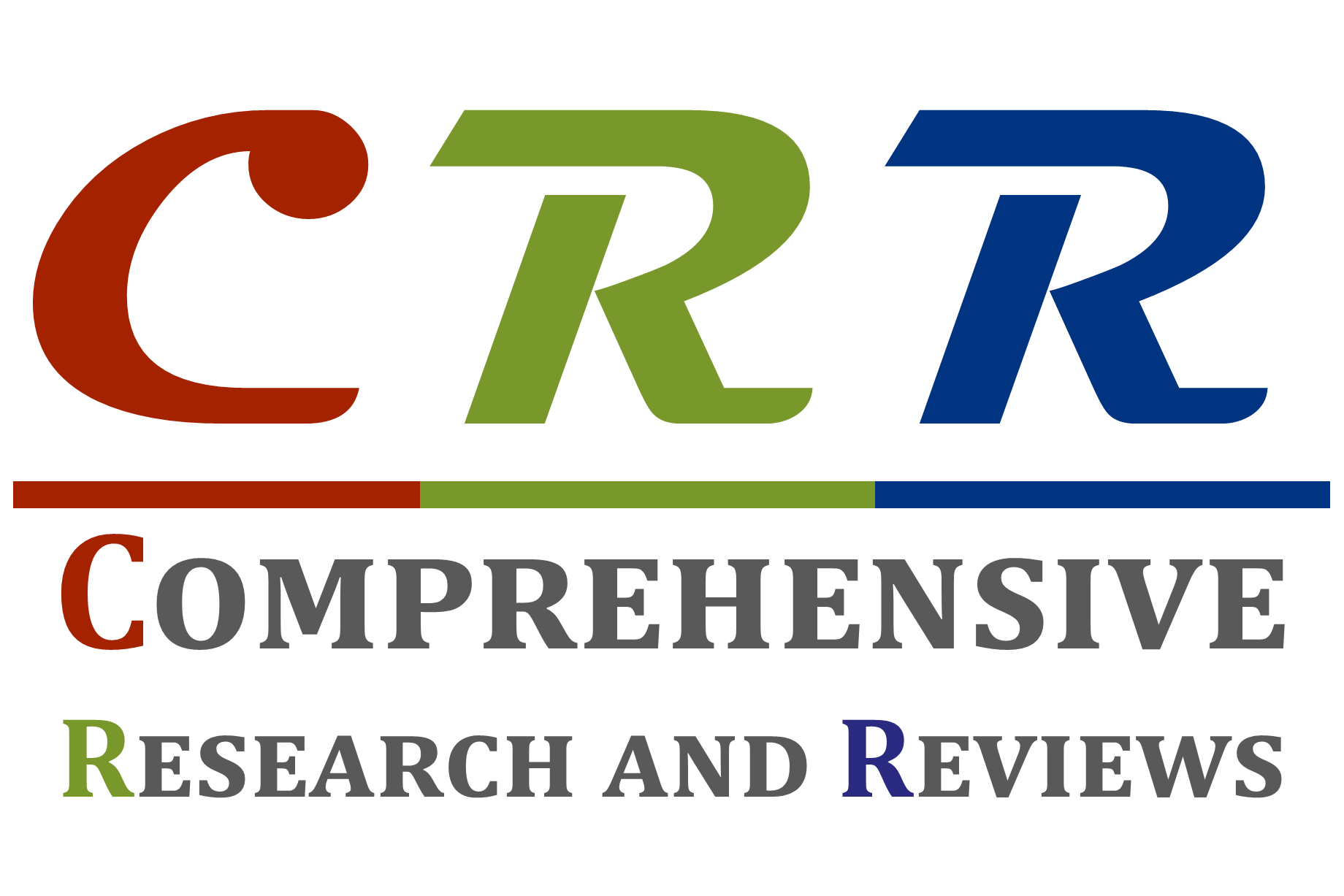Age dependence of iodine to some trace element content ratios in normal thyroid of females investigated by neutron activation and inductively coupled plasma mass spectrometry
Radionuclide Diagnostics Department Medical Radiological Research Centre Korolyev St.- 4, Obninsk 249036 Kaluga Region, Russia.
Research Article
Comprehensive Research and Reviews in Medicine and Dentistry, 2022, 01(01), 020–031.
Article DOI: 10.57219/crrmd.2022.1.1.0018
Publication history:
Received on 28 July 2022; revised on 05 September 2022; accepted on 08 September 2022
Abstract:
Thyroid diseases rank second among endocrine disorders, and prevalence of the diseases is higher in the elderly as compared to the younger population. An excess or deficiency of trace element (TE) contents in thyroid play important role in goitro- and carcinogenesis of gland. The correlations between age and thirty-eight TE, including I, as well as between age and I/TE content ratios in normal thyroid of 33 females (age range 3.5-87 years) was investigated by two methods: instrumental neutron activation analysis and inductively coupled plasma mass spectrometry. Our data reveal that the Co, Cs, La, Pb, Rb, Sb, Se, Sn, Tl, and Zn contents increase, while I/Cd, I/Ce, I/Cs, I/La, I/Li, I/Mo, I/Nd, I/Pb, I/Pr, I/Sn, I/Tl, I/Zn content ratios decrease in the normal thyroid of female during a lifespan. Therefore, a goitrogenic and tumorogenic effect of excessive Co, Cs, La, Pb, Rb, Sb, Se, Sn, Tl, and Zn level in the thyroid of old females, as well as a disturbance in intrathyroidal I/Cd, I/Ce, I/Cs, I/La, I/Li, I/Mo, I/Nd, I/Pb, I/Pr, I/Sn, I/Tl, I/Zn relationships with increasing age may be assumed.
Keywords:
Thyroid; Trace elements; Age-related changes; Neutron activation analysis; Inductively coupled plasma mass spectrometry
Full text article in PDF:
Copyright information:
Copyright © 2022 Author(s) retain the copyright of this article. This article is published under the terms of the Creative Commons Attribution Liscense 4.0
